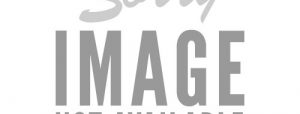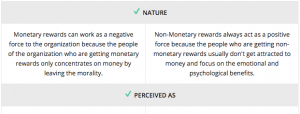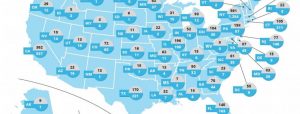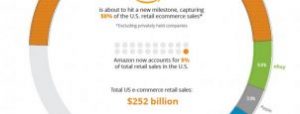Growing City jitters about the prospect of a hung parliament and signs of weakness in the key manufacturing sector prompted sterling to hit a five-year low against the dollar in foreign exchange markets on Friday.
Sterling fell to $1.4558 on Friday morning – the lowest level since the uncertain days that followed the 2010 general election. It later recovered some ground to trade 0.4% lower on the day at $1.4653. Against the euro, it was flat at €1.379.
Investors are struggling to assess the tax and spending implications of a range of possible electoral outcomes, from a minority Labour government to another Conservative-led coalition.
Michael Hewson, chief market analyst at CMC Markets, an online trading business, said: “The pound has started to come under some pressure in recent days as the prospect of political gridlock in a few weeks’ time starts to become a real possibility, at a time when some of the economic data is starting to show some signs of weakness.”
Sarah Hewin, of Standard Chartered bank, said her research suggested sterling is unlikely to recover until a government has been formed. “The lesson appears to be that the pound rallies on an end to political uncertainty when a majority government is elected, while a hung parliament and intensification of uncertainty leads to a currency drop.”
Election concerns have not fed through to share prices, however. The FTSE 100, which reflects the fortunes of the global economy at least as much as the UK’s, closed up 1.1% at a new record high of 7,089.77 points.
As well as pre-election nerves, currency traders were unsettled by lower-than-expected industrial production in February, which some analysts said pointed to a slowdown in the UK economy. Industrial production rose just 0.1% in February due to a big fall in North Sea oil production. Economists had expected a rise of 0.3%.
Howard Archer, chief economist at consultancy IHS Global Insight, said Britain’s manufacturers can expect to benefit if the eurozone, their key market, improves in the coming months.
“On the export front, manufacturers will be fervently hoping that the eurozone can build on recent signs of improving growth and this increasingly translates into increasing demand for UK manufactured goods.”
Separate figures showed that construction output also fell in February, by 0.9%, after a 2.5% decline in January, raising further doubts about the strength of economic recovery.
Alan Clarke, head of European fixed-income strategy at Scotiabank, said the figures suggested economic growth may have weakened to 0.4% in the first quarter of the year from 0.6% quarter-on-quarter growth in the last three months of 2014.
Clarke said: “This is not going to make pleasant reading for the coalition government in the final days of the election campaign.”
However, the National Institute for Economic and Social Research thinktank (Niesr) said its model pointed to a continuation of the 0.6% growth rate seen at the end of last year.
“This suggests the economy has continued to expand at a reasonable pace, consistent with the average rate of growth since the start of 2013,” Niesr said.
Official figures for GDP growth in the first quarter of the year will be published on 28 April, at a key moment during an election campaign in which the Tories have sought to highlight the success of their “long-term economic plan”.
With less than a month until election day on 7 May, there has been little to divide Labour and the Conservatives in the opinion polls. The last time an election was so tight was 1992, when Labour led for most of the campaign but the Conservatives scraped a majority.
Read more: Sterling hits five-year low against dollar as election fears spook investors















No Comments